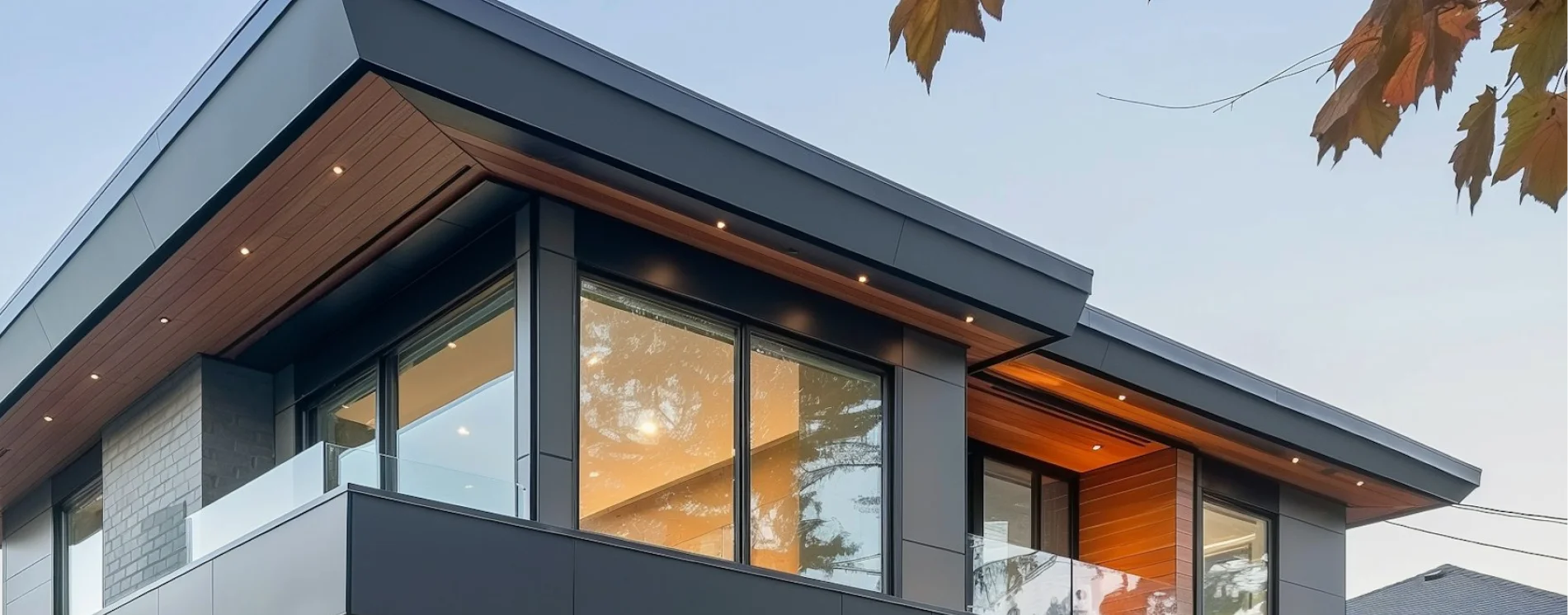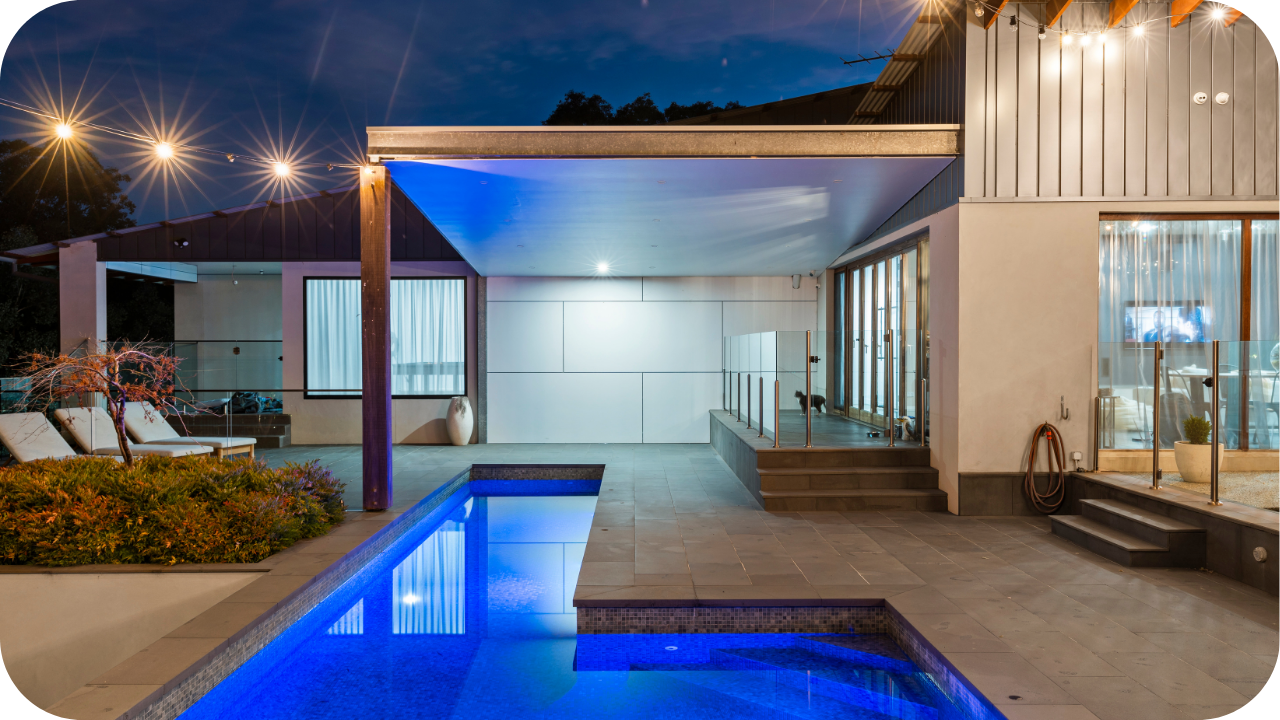


Sustainable building is no longer just a trend, it’s becoming an essential part of modern home design. Homeowners and builders alike are looking for ways to reduce impact on the environment while creating spaces that last.
Choosing eco-friendly materials plays a big role in this. The right choices can cut energy use, improve comfort, and extend the lifespan of a property while lowering long-term costs.
In this article, we’ll look at some of the top sustainable building materials available today, why they matter, and how they can help shape durable, efficient, and eco-friendly homes.
Sustainable materials are the backbone of eco-friendly homes. They reduce waste, conserve resources, and lower carbon emissions while improving energy efficiency throughout the life of the building.
These materials also create healthier living spaces. Non-toxic finishes and natural insulation improve indoor air quality, making homes safer and more comfortable for families.
They offer long-term financial value too. Their durability means less maintenance, and their energy-saving properties help reduce household costs, creating homes that are both sustainable and cost-effective.

Choosing the right materials can make a home both efficient and environmentally responsible. Here are some of the top options used in modern sustainable construction.
Selecting sustainable materials takes more than choosing what looks good. It requires understanding your project’s needs, climate, and long-term goals. Here are key considerations to help you make informed decisions.
Consider how materials respond to your region’s weather patterns. In warmer climates, prioritise reflective or insulating products, while cooler areas benefit from materials that retain heat and support consistent indoor comfort year-round.
Weigh short-term spending against long-term savings. High-quality sustainable materials may cost more initially but deliver extended durability, reduced maintenance, and improved efficiency that ultimately save money throughout the building’s lifespan.
Select materials that are locally sourced and easily accessible. This approach supports regional industries, reduces transportation emissions, and ensures dependable supply during the construction process, keeping the project on schedule and sustainable.
Align materials with your home’s architectural design and lifestyle needs. Choose options that enhance performance, comfort, and visual appeal without compromising strength, ensuring both beauty and practicality in every design choice.
Partner with a builder experienced in sustainable construction. Their knowledge ensures correct installation, compliance with standards, and optimal material performance, helping you achieve a truly eco-friendly home tailored to your goals.
Even well-intentioned projects can miss the mark when sustainability choices aren’t carefully planned. Here are common mistakes to avoid when selecting eco-friendly materials for your home.

Romaac Group is dedicated to creating homes that combine sustainability, performance, and long-term comfort. Each project begins with detailed planning to ensure materials and building methods are chosen responsibly and thoughtfully.
The team takes time to understand every client’s vision and goals. This collaboration ensures each home reflects innovation, efficiency, and care for the environment while maintaining Romaac’s high standards of craftsmanship and detail.
Sustainable sourcing remains a key priority. Materials are selected for durability, low environmental impact, and suitability to Australia’s climate. This thoughtful approach helps reduce waste while improving energy efficiency and long-term performance.
From recycled timber and low-impact concrete to solar-ready roofing, Romaac chooses materials that balance design with practicality. Each build demonstrates that sustainability and quality can exist side by side in modern construction.
Collaboration between designers, engineers, and builders drives consistent results. Every Romaac project is built with precision, care, and respect for the environment, setting a benchmark for sustainable homes across Australia.
Sustainable building begins with thoughtful planning and the right materials. Choosing renewable, energy-efficient options helps create a home that looks beautiful, performs well, and leaves a lighter footprint on the environment.
By investing in sustainable materials, you’re building a space that’s comfortable, efficient, and designed for the future. Every decision, from insulation to finishes, contributes to lasting quality and long-term savings for you and your family.
If you’re ready to bring sustainability into your next project, contact us today. Our team can guide you in selecting the right materials and solutions to create a home that’s stylish, durable, and truly eco-friendly.
Look for certifications such as Green Star, FSC (Forest Stewardship Council) for timber, and Global GreenTag. These labels confirm that the materials meet recognised sustainability and environmental standards.
Yes, sustainable materials are versatile and can be used in both settings. Reclaimed wood, recycled steel, and low-VOC finishes are popular choices for retrofits as well as new construction.
Not at all. Many eco-friendly materials come in a wide variety of finishes, colours, and applications. From modern to traditional styles, sustainable options support flexibility in design.
Homes built with eco-friendly materials often attract higher market value. Buyers recognise the benefits of durability, energy efficiency, and reduced running costs, making sustainable homes more appealing in the property market.
While some speciality products may take longer to obtain, many sustainable options, such as bamboo, recycled aggregates, and low-VOC paints, are readily available through reputable suppliers across Australia.


